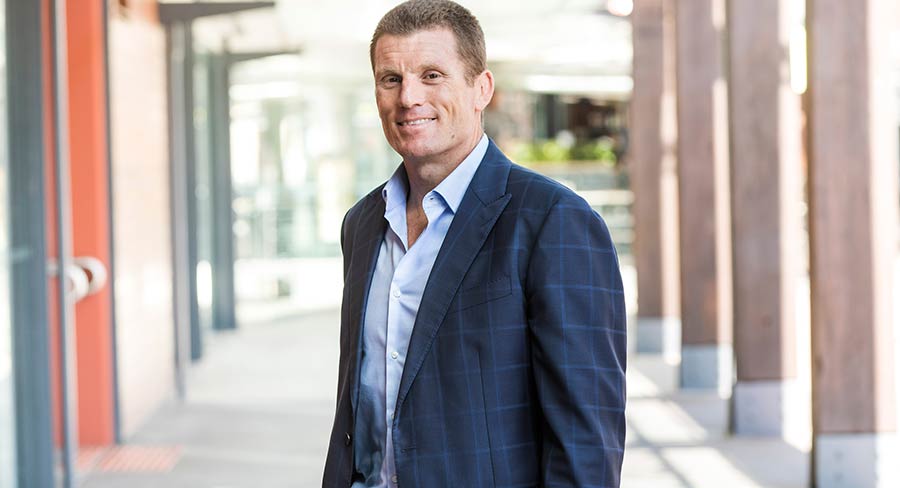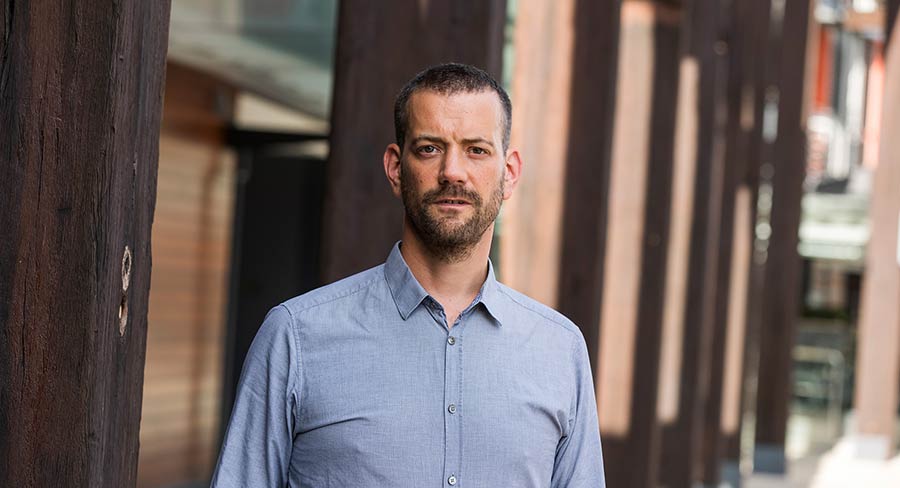Starcom will take over four Australian households and transform them into connected smart homes of the future, in a research project designed to uncover how smart technology will change consumer behaviour, and the commercial opportunity for brands.
On announcing The Future of Connected Living research project, Starcom CEO Toby Barbour said: “We’re experiencing a fundamental shift in connectivity, with consumers embracing voice technology at a rapid pace. When it comes to the use of voice technology in homes, we’re already seeing significant changes in human behaviour with the arrival of smart speakers and voice assistants in over one million Australian households.

Toby Barbour
“But so far businesses have largely focused on the technology, which only tells part of the story. To fully realise the opportunity, our thinking needs to be human centred.
“As the Human Experience Company, we believe the best way to understand people is to observe and engage with them in real-life situations. So we’ve created four fully-connected smart homes, and in conjunction with our brand partners, we’ll be studying technology through the experience of real people.”
The project is being led by Starcom’s national head of futures & product, Graeme Wood (Pictured) along with research agency partner, The Practice Insights.
Collaborating brand partners include Visa and Seven West Media, with Samsung also participating. The brands will guide the direction of the research and draw on their global knowledge and expertise to provide additional insight into the study.
Kurt Burnette, chief revenue officer Seven West Media said: “Seven West Media is excited to be partnering with Starcom in this groundbreaking research. Understanding the connected home is quite clearly an important factor in making informed decisions in the modern marketing mix. More importantly is understanding the behaviour of the people in that connected home. Like Starcom and its other collaborating partners, we are driven to better understand those behaviours to better communicate our content and our messages in the most effective way.”
The four households, based in the greater Sydney area have been chosen to reflect the complexity of Australian family life. As part of the initial stage of the 12-month project, these “natural labs” will be observed over a four-week period between March to April, with observations recorded via a mix of filmed video diaries by the households, filmed observation, and show-and-tell interviews.
Wood said: “We will bring to life what the future of family living will look like and provide an ongoing ethnographic study of human, lived experiences. Research outcomes will include gaining a deeper understanding of how and why consumer behaviour is changed by the experience of living in a smart home; and provide practical knowledge relevant to brand experience, product, service, content and commercial development.
“With forecasts that 43% of Australian homes will be smart-technology enabled by 2023, and UK/US voice commerce expected to grow from $2bn to $40bn by 2022, the opportunities for brands are enormous.”
John Broome, CEO, the Australian Association of National Advertisers added: “Marketers are always interested in how consumers react and change their behaviours in response to new technology. Emerging developments in connected home technology will be very interesting, and Starcom’s study will give us a perspective on what is to come.
“As new behaviours emerge, they will present new opportunities and challenges, particularly as existing behaviours potentially disappear. Savvy marketers will want to be in front of these changes before they happen.”
The initial findings from Starcom’s research project will be released in June.
